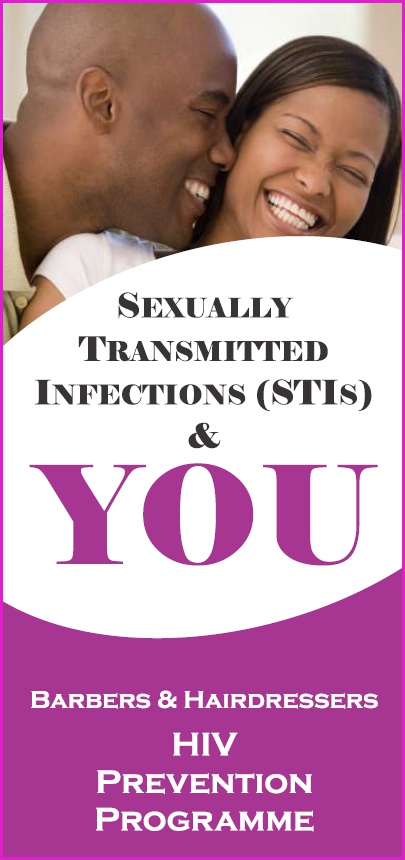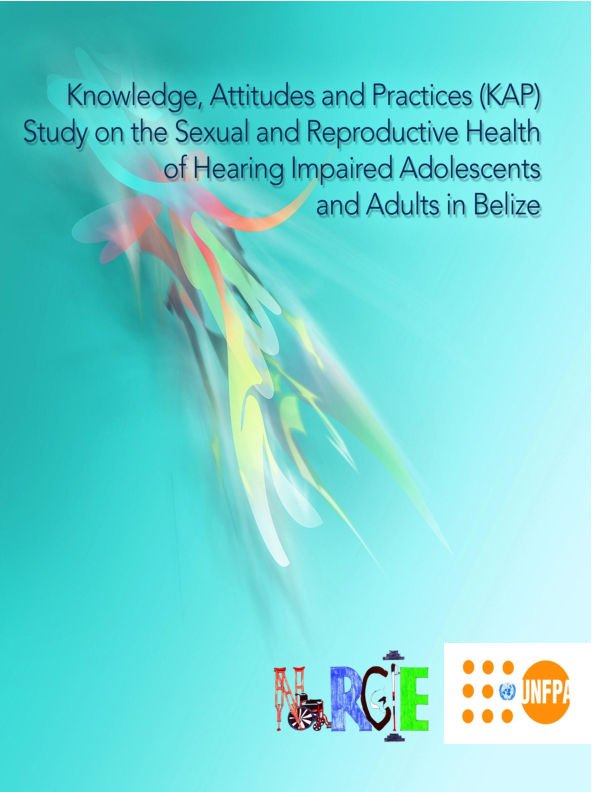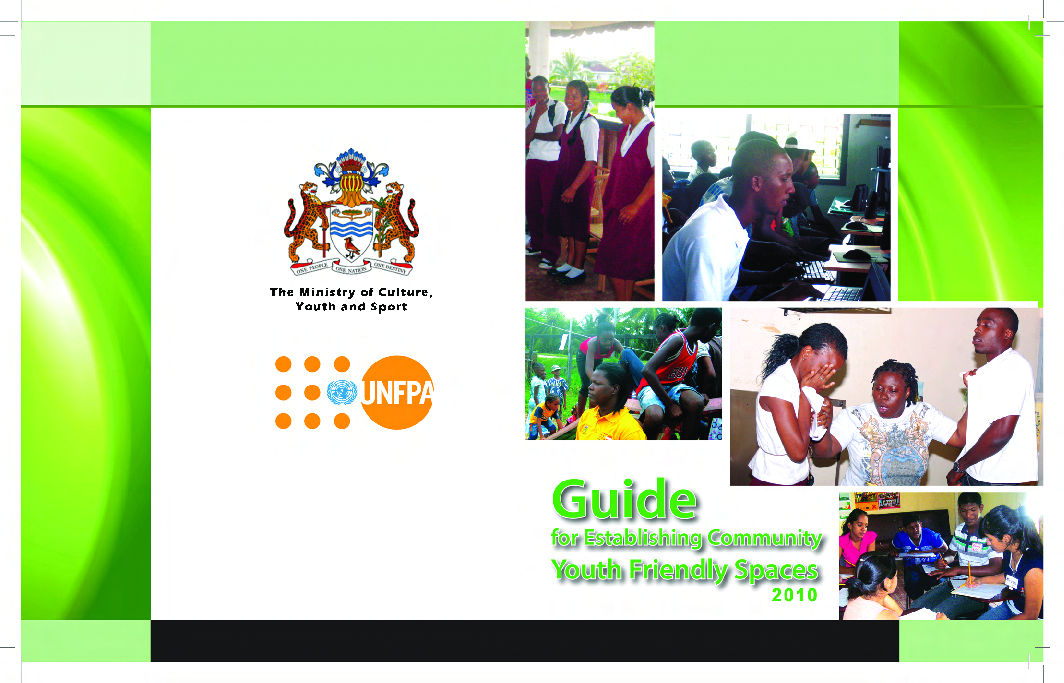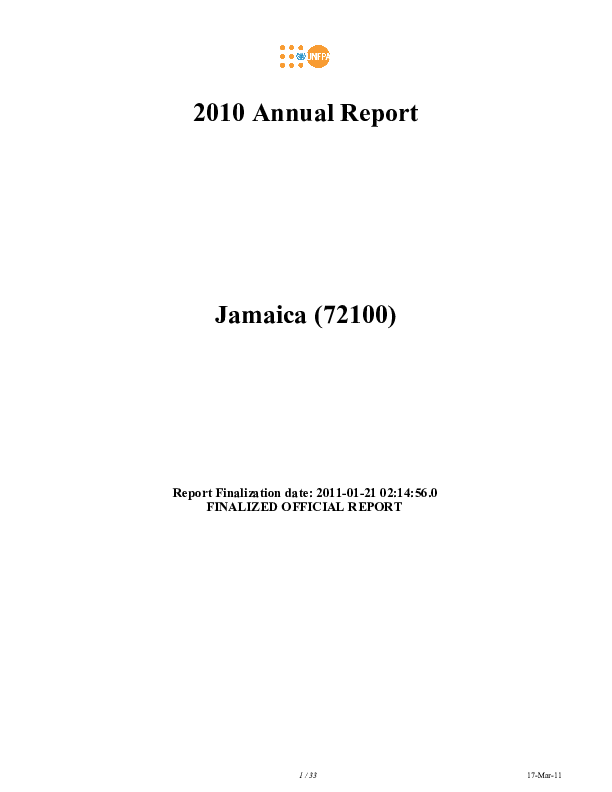You are here
New Releases


Emergency Contraception Brochure
Emergency contraceptives are used to help keep a woman from getting pregnant after she has had sex without using contraception or if the method failed. You can use an emergency contraceptive if you did not plan on having sex and did not use contraception, you were forced to have sex or the condom broke or came off, among other reasons.

CARIBBEAN PARLIAMENTARIANS UNiTE TO END VIOLENCE AGAINST WOMEN
Parliamentarians from across the Caribbean met in Jamaica November 9-10, 2011 for a Regional Consultation of Parliamentarians on Preventing Gender-based Violence under the theme “Building Political Will to End Gender-Based Violence.” The objectives of the meeting were to increase awareness of gender based violence and violence against women among parliamentarians and to build political will among them to take actions to end this violation of human rights.

The Pill Brochure
The pill will not protect you against sexually transmittes infections (STIs)


Family Planning Brochure
Family planning is the use of birth control methods to limit the number and spacing of children in a family. Each birth control method has its benefits and not every methods is right for everyone so you must consider the availability and most suitable methods when making decisions about the use of birth control. The birth control method you choose will depend on a number of factors such as your overall health, how often you have sex, your number of sexual partners, if you want to have children and how well the method will fit into your lifestyle.

State Of the World Population Report 2011
The milestone of 7 billion—projected to be reached on 31 October 2011 will be marked by achievements, setbacks and paradoxes. While women are on average having fewer children than they were in the 1960s, our numbers continue to rise. Globally, people are younger and older than ever before. In some of the poorest countries, high fertility rates hamper development and perpetuate poverty, while in some of the richest countries, low fertility rates and too few people entering the job market are raising concerns about prospects for sustained economic growth and the viability of social security systems.

Knowledge, Attitudes and Practices (KAP) Study on the Sexual and Reproductive Health Of Hearing Impaired Adolescents And Adults in Belize
The findings of this report were intended to generate baseline data, identify gaps and make recommendations. To this end, a Knowledge, Attitudes and Practices (KAP) survey was carried out among hearing impaired adolescents and adult population in May and June of 2010.

Guide for Establishing Youth Friendly Spaces
Youths under 25 years make up almost 50 percent of the population in Guyana. According to the 2002 Population and Housing Census, adolescents aged 10–14 years accounted for 10.8 percent while the 15– 19 year-olds accounted for 8.9 percent of the population. According to the PAHO Country Cooperation Strategy 2010 - 2015, the main health problems faced by youth in Guyana include the lack of user friendly services, inadequate access to dental and physical exams, unsafe sexual and other lifestyle behaviours leading to STIs, such as HIV/AIDS, and teenage pregnancy. Alcohol and other forms of substance abuse are considered to be serious problems. A national survey among school children showed that 11.6 percent had used marijuana or other drugs at least once and one in three students had consumed alcohol at least once while 50 percent had their first drink before 13 years of age (Global School Health Survey, Guyana report 2004). In addition, the five leading causes of death among adolescents were: suicide (17.8%), followed by land transport accidents (14%), homicide (7.8%), HIV and AIDS (6.2%), and events of undetermined intent (6.2%) (Guyana Bureau of Statistics). In order to make health services friendlier, the Ministry of Health recently developed a strategic plan in 2007 to address the health needs of young people.

2010 Country Office Annual Report
Strategic Plan 2008-2013 Development Results Framework